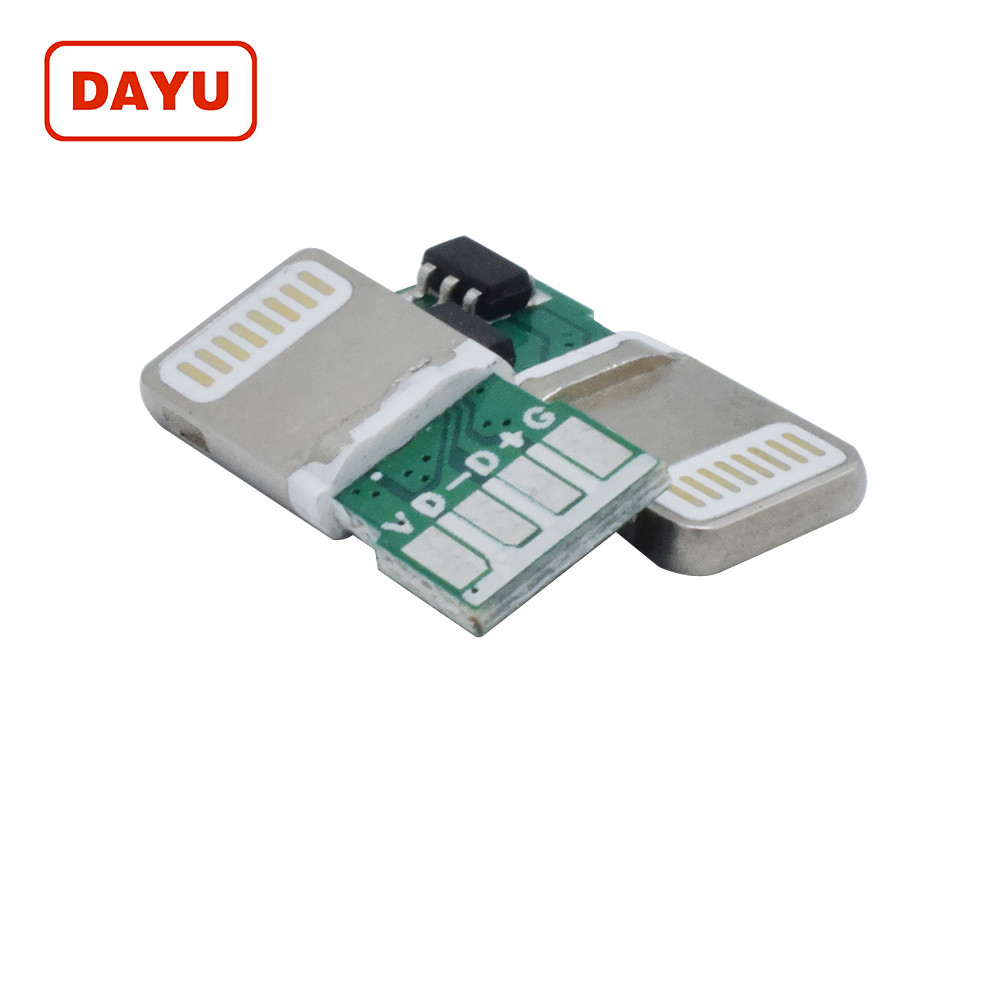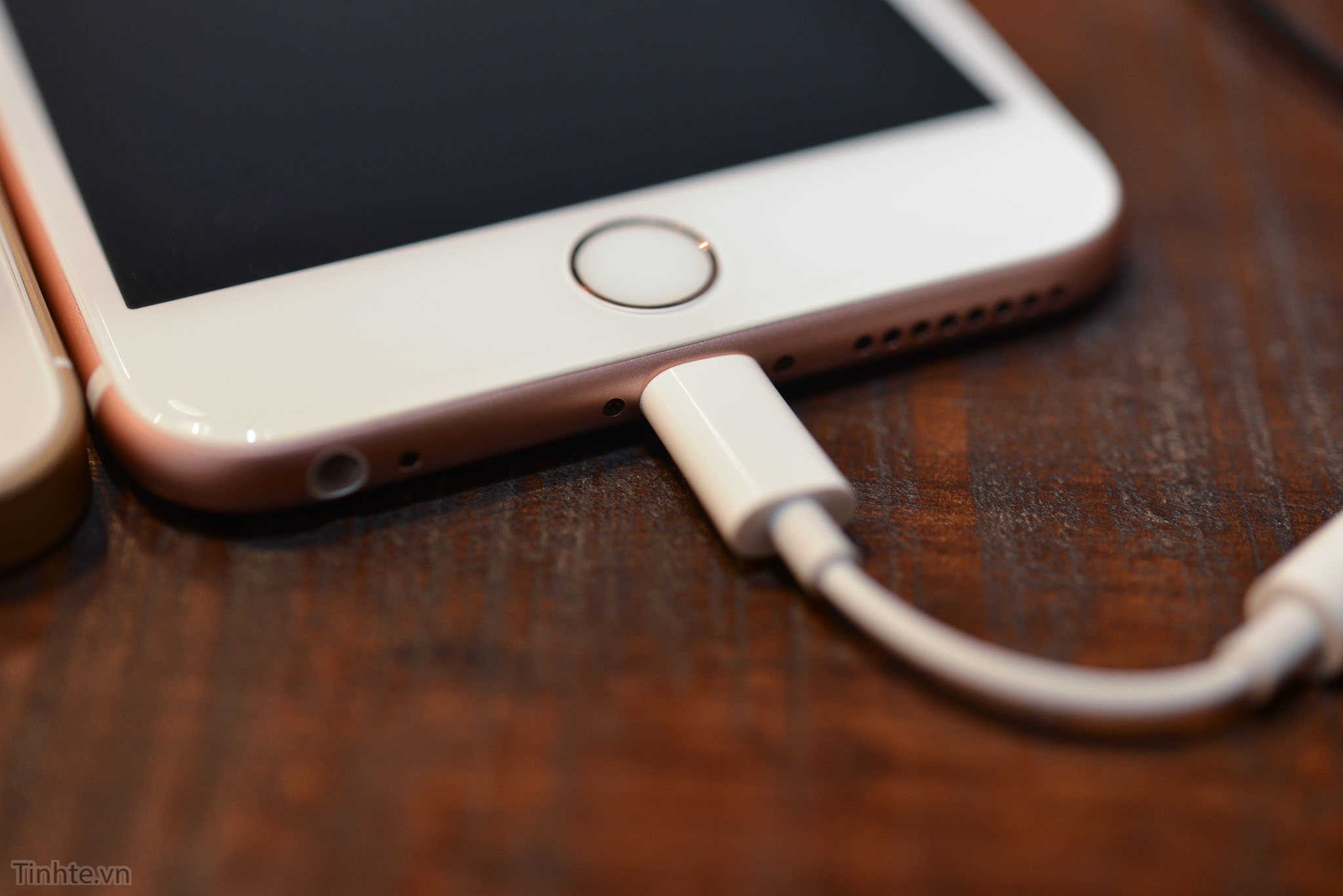

- LIGHTNING CONNECTOR IPHONE 12 1080P
- LIGHTNING CONNECTOR IPHONE 12 DRIVERS
- LIGHTNING CONNECTOR IPHONE 12 UPDATE
- LIGHTNING CONNECTOR IPHONE 12 PRO
LIGHTNING CONNECTOR IPHONE 12 1080P
There is some discussion regarding the outputs image quality of this adapter as it seemingly the video-out is upscaled from max 1600×900 resoultion to 1080p with visible (MPEG) compression artifacts. The SoC peripherals look very much akin to other Samsung chips. Its part number is H9TKNNN2GD with 256MB RAM. Based on the ChipID found in /System/Library/PreinstalledAssets/com_apple_MobileAsset_MobileAccessoryUpdate_haywire.xml it seems the ARM SoC used is the Samsung S5L8747. This series of processors is mainly used in the iPod nano, and the iPod touch (2nd generation). It appears the Lightning Digital AV adapter is based off the Samsung S5L8700 series of chips. The kernel is then uploaded and then booted. This APTicket remains static for every digital AV adapter. (Each firmware bundle is about 11MB uncompressed.)įor fun, you can also monitor the device Console using Xcode or iPCU while connecting the adapter you’ll see logs very similar to what happens during an iOS DFU restore, as the device loads firmware onto the Lightning adapter, as the boot chain starts off very much like a normal iOS device, but img3 files for iBSS are uploaded, along with an APTicket. This would only be for any in-between updates, though, since both iOS 6.0 and 6.1 come with predownloaded adapter firmware bundles located at /System/Library/PreinstalledAssets.

LIGHTNING CONNECTOR IPHONE 12 UPDATE
Where, similar to an OTA iOS update, it looks for any new update bundles. When a Lightning adapter is plugged in to the device it will connect to Lightning connector mechanical drawing (front) Pin It could even re-encode these signals to some other format to use fewer wires, gain noise-immunity or whatever, and re-decode them on the other end it’s all flexible.
LIGHTNING CONNECTOR IPHONE 12 DRIVERS
Once everything is properly set up, the controller/driver chip gets digital signals from the SoC and converts them – via serial/parallel, ADC/DAC, differential drivers or whatever – to whatever is needed by the interface on the other end of the adapter or cable.The device can then switch the other pins between the SoC’s data lines or the power circuitry, as needed in each case.The controller/driver chip tells the device what type it is, and for cases like the Lightning-to-USB cable whether a charger (that sends power) or a device (that needs power) is on the other end.This avoids any shorting hazard while the plug isn’t inside the connector. The pins on the plug are deactivated until after the plug is fully inserted, when a wake-up signal on one of the pins cues the chip inside the plug.The device watches for a momentary short on all pins (by the leading edge of the plug) to detect plug insertion/removal.All plugs have to contain a controller/driver chip to implement the “adaptive” thing.At least one (probably at most two) of the pins is used for detecting what sort of plug is plugged in.The outer plug shell is used as ground reference and connected to the device shell.All 8 pins are used for signals, and all or most can be switched to be used for power.According to Apple, it as an all-digital connector and "features an adaptive interface that uses only the signals that each accessory requires and also is 80% smaller as well as orientation independent." (For the old connector, see 30-pin Connector.) It was presented by Tim Cook at an Apple Special Event on 12 September 2012.

Siri Remote and Apple Pencil also use Lightning.
LIGHTNING CONNECTOR IPHONE 12 PRO
Lightning is the "new" connector supported by iPhone 5 and newer, iPad mini and newer, iPad (4th generation) and newer, up to but not including the 2018 iPad Pro line, ( iPad Pro (11-inch) and iPad Pro (12.9-inch) (3rd generation)), and iPod touch (5th generation) and newer. Lightning connector from aerial, front, top, and socket angles


 0 kommentar(er)
0 kommentar(er)
